Sign up Today 1.866.699.4759 or Order Online

What you need to know about our construction and installation process.
Check availability in your area
This quick video explains what residents can expect to see once fiber construction gets underway.
To bring fiber internet to neighborhoods faster, we’ve designed a simple, clean construction process that involves placing fiber lines in a shallow underground conduit.
The result? A durable, high-speed fiber network designed to power your digital life for years to come, with minimal disruption and mess.
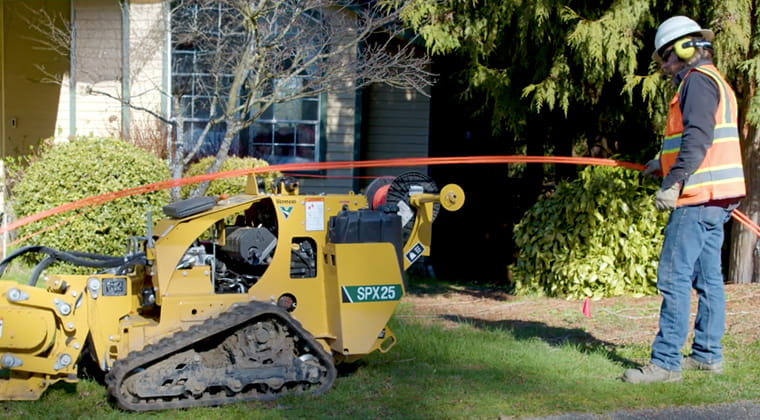
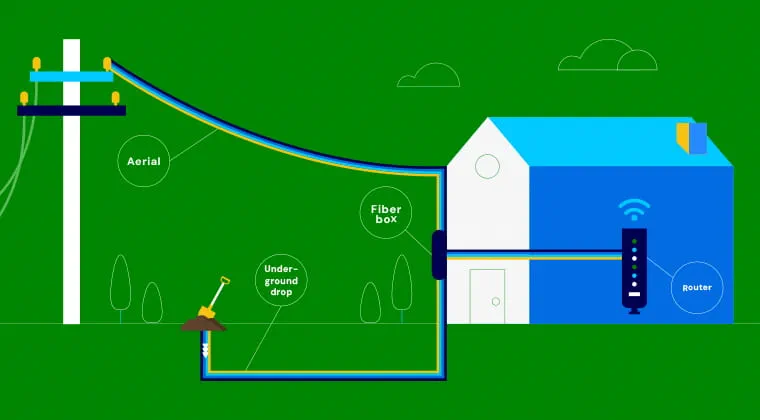
We have two methods we can use to bring fiber to your home:
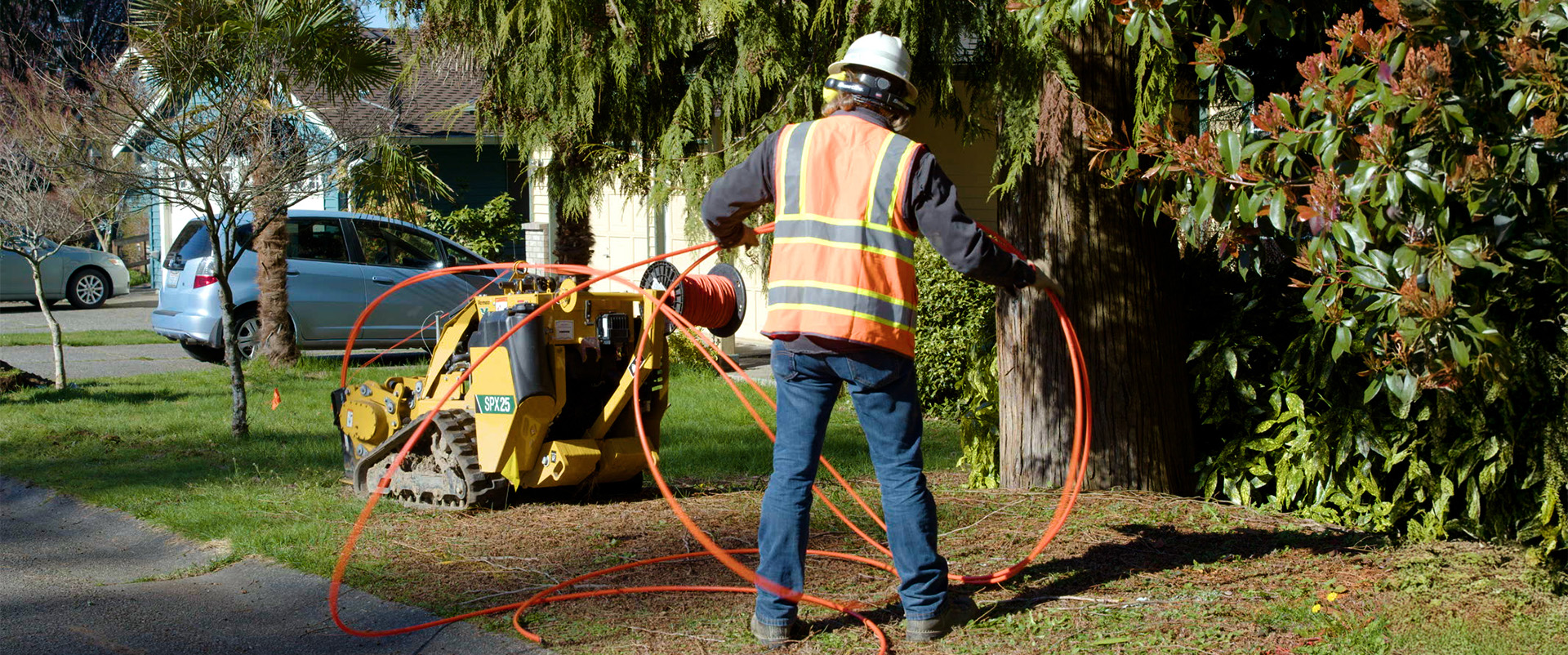
A low-impact installation process brings fast Ziply Fiber to more homes—quickly and cleanly.
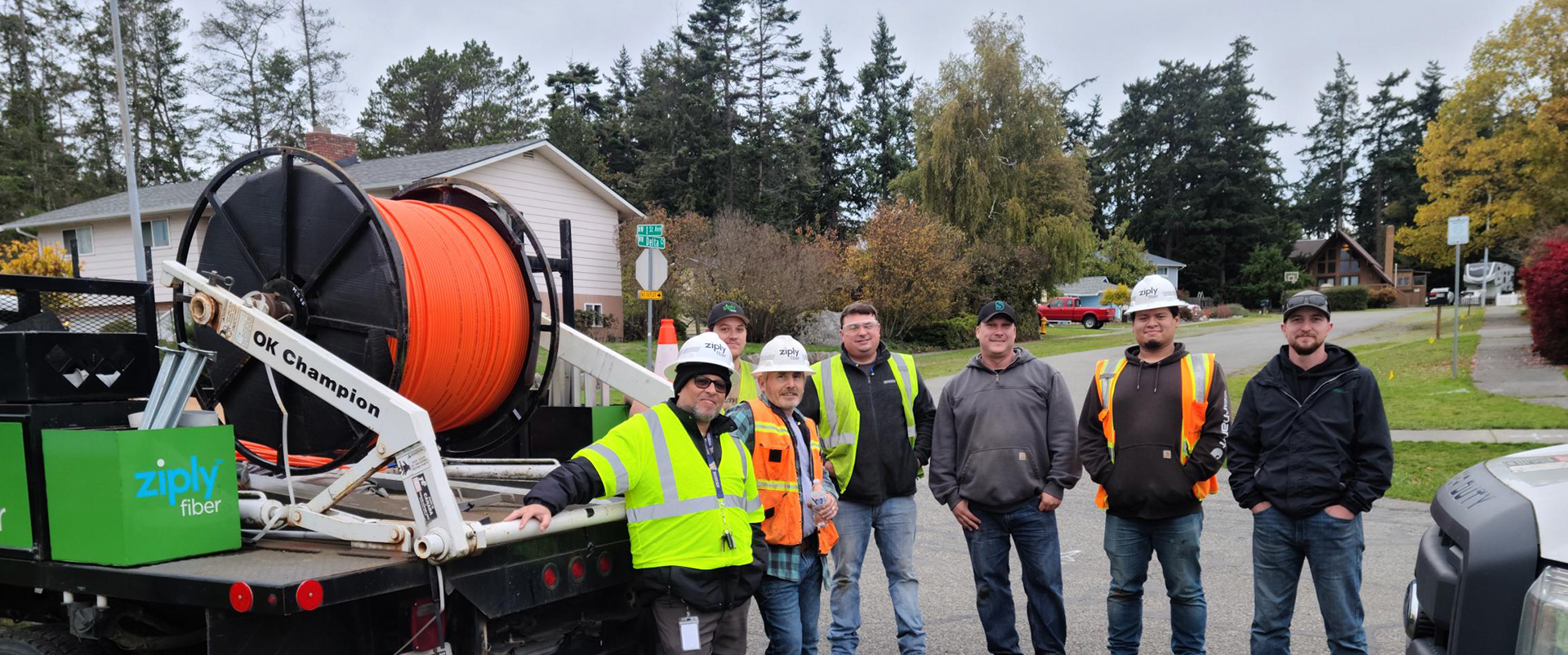
From working with vendors and municipalities to coordinating with internal departments and navigating ever-changing field conditions.

Fiber internet brings speed and reliability, which can spur productivity, growth and investment.
We are actively working to deliver our fast, reliable fiber internet service to homes and businesses across the region.
Here’s what to expect when you see us headed your way.
Before starting any construction, we’ll have survey crews on foot in the neighborhood. This is when we gather important information that shapes our construction plans going forward.
We’ll place markers and/or paint on the ground in our efforts to avoid other utility lines when digging is required. You’ll see these markers in yards and along roads and sidewalks.
Once we’ve safely marked your utilities, construction teams start the careful process of preparing the area for hanging fiber lines or burying them underground.
After prepping the area, we’ll start hanging cables on any available utility poles or pulling fiber through underground conduits. In some cases we trim branches away from cable lines for safety reasons or to prevent cable damage.
The size of your neighborhood and local weather conditions are two of many factors that impact the amount of time this takes. We’ll work hard to minimize disruptions like temporary parking restrictions, and complete everything as quickly as possible.
Before finishing, our crews will patch up any places impacted by construction. We’ll do our best to leave the area as clean as when we got there.
If you have concerns about fiber construction on your property, click here to send us feedback.
After our new fiber network has been prepared for your area, residents and businesses can sign up for our fiber internet service. Next, we’ll schedule a date and time for fiber installation to get you all set up.
This quick video explains what to expect from the two key phases of fiber installation: bringing fiber to your home and connecting fiber to your home.
In many cases, we can complete your installation in a single visit. However, if fiber technology is brand new to your property, we might need to come out a second time.
Construction is messy work, and we always try to leave the area the same as or better than it was when we started. Occasionally, we’ll need to return to make repairs or do additional cleanup. See an issue that needs our attention?
NOTIFY US
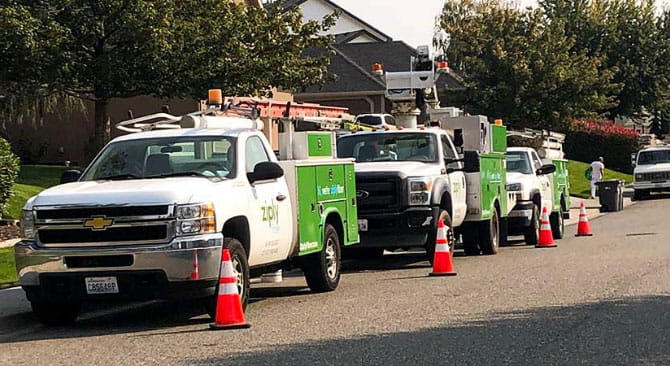
Get reliable super-fast fiber internet for apartments, condos, multi-family and multi-dwelling units (MDU).
If we’re installing Ziply Fiber near, but not in your neighborhood, there may be a way you can bring internet to your door a little faster.
We’re partnering with public organizations to bring broadband fiber internet to new areas as quickly as possible.
If we plan to expand our fiber network to your specific location, you’ll receive multiple communications, like door hangers and mailers.
Flags and paint tell us where we need to work around utility lines so our construction crews can avoid damaging them with their equipment. These markers are vitally important to keep local services uninterrupted and to prevent injury from ruptured gas or electrical lines.
Timelines vary based on a number of factors:
City planning and neighborhood layout
Weather and unexpected natural obstacles
Local restrictions
These are where we place pedestals for equipment that supplies fiber service to several homes and businesses nearby. Weather permitting, we’ll install the pedestal very soon after crews dig the hole. In the meantime, it’s fenced in for your safety.
Construction crews may need to access easements on your property. Here are a few ways you can determine if you have an easement and how to find it.
Temporary parking restrictions allow crews to safely access and work in different construction areas. We realize this is an inconvenience, and we'll do our best to complete work as quickly as possible and remove No Parking zones from the neighborhood.
When work is happening near your house, it’s getting close! Service will be available for installation once a group of homes or businesses are collectively connected to the systems and we’ve completed testing. Ziply Fiber will attempt to contact you as soon as possible so you can schedule installation at your address.